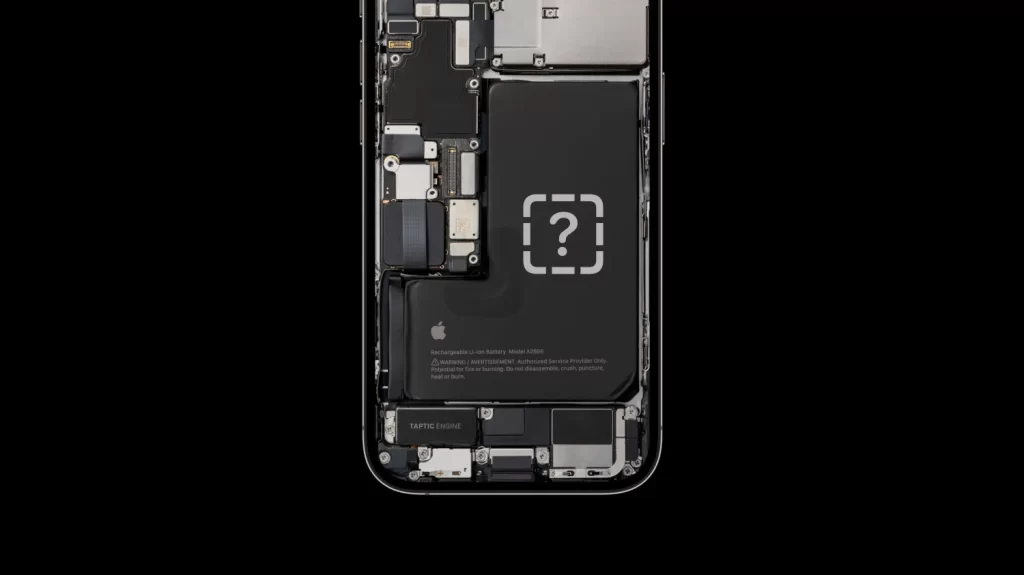
The European Union is pressing ahead with new regulation that would require Apple to make iPhone batteries “easily” replaceable by users. We first reported on this proposed legislation back in December, and now the EU parliament has overwhelmingly voted in favor of endorsing the plan.
Still, there are a number of questions that remain about what exactly this means for Apple.
Are iPhone batteries about to be easier to replace?
Under the guidelines approved this month, “portable batteries” such as those used in the iPhone, iPad, and Mac must be easy for users themselves to replace. The exact language specifics that consumers should be able to “easily remove and replace them.
A portable battery should be considered to be removable by the end-user when it can be removed with the use of commercially available tools and without requiring the use of specialised tools, unless they are provided free of charge, or proprietary tools, thermal energy or solvents to disassemble it. Commercially available tools are considered to be tools available on the market to all end-users without the need for them to provide evidence of any proprietary rights and that can be used with no restriction, except health and safety-related restrictions.
The goal, according to the EU, is to make batteries “more sustainable, more durable, and better-performing.”
The legislation also includes new requirements for the batteries used in electric vehicles. There are also “stricter waste collection targets” for portable batteries and changes to the requirements for materials recovered from batteries:
- Stricter waste collection targets: for portable batteries – 45% by 2023, 63% by 2027 and 73% by 2030; for LMT batteries – 51% by 2028 and 61% by 2031.
- Minimum levels of materials recovered from waste batteries: lithium – 50% by 2027 and 80% by 2031; cobalt, copper, lead and nickel – 90% by 2027 and 95% by 2031.
- Minimum levels of recycled content from manufacturing and consumer waste for use in new batteries: eight years after the entry into force of the regulation – 16% for cobalt, 85% for lead, 6% for lithium and 6% for nickel; 13 years after the entry into force: 26% for cobalt, 85% for lead, 12% for lithium and 15% for nickel.
And more:
To better inform consumers, batteries will carry labels and QR codes with information related to their capacity, performance, durability, chemical composition, as well as the “separate collection” symbol. LMT batteries, industrial batteries with a capacity above 2 kWh and EV batteries will also be required to have a “digital battery passport” including information on the battery model as well as information specific to the individual battery and its use.
























